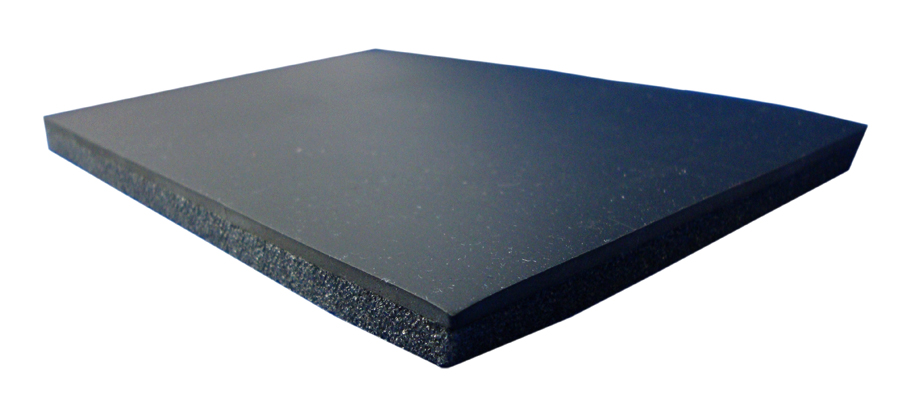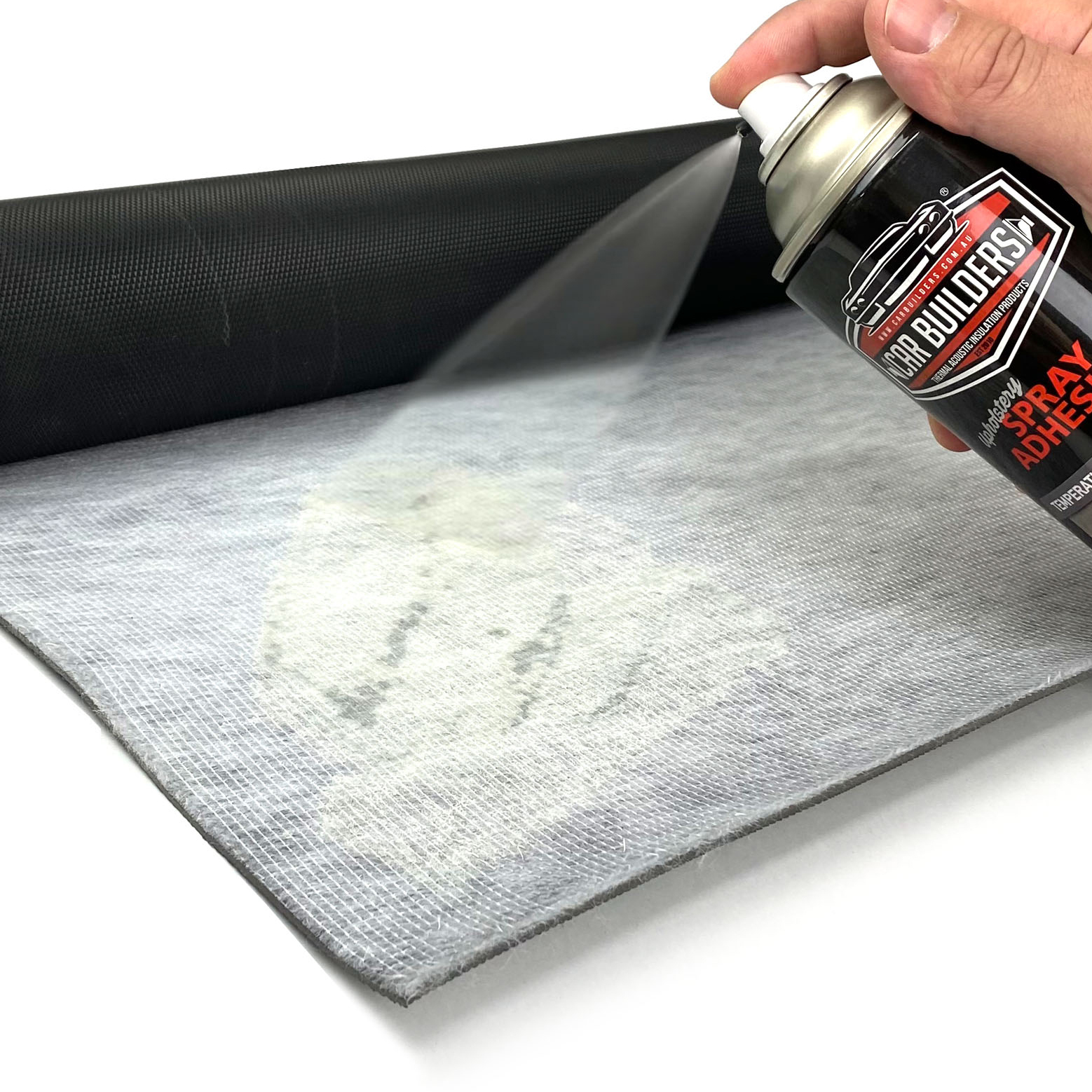
When you’re going for mass as a soundproofing source, you usually put up drywall sheets. Go for 1/16, ⅛, or ¼ of an inch.īut, what separates MLV the most (and makes it an excellent choice for soundproofing) is the flexibility. However, you can still take your pick amongst several different thicknesses. Also, the thickness of the material is almost insignificant when it comes to space reduction. So, due to its thinness, MLV improves the SCT score, compared to other soundproofing and regular materials. The difference between those measured values is the STC score. For you to measure the STC score in your home, you would need to measure the sound at several points in the rooms – where the source is as well as the room where the target is. It sounds complicated, but it really isn’t. The score tells you the transmission loss between the source of the sound and the designated target place of measuring. SCT or Sound Transmission Class is a standard unit of measure. If we measure the weight of the same thickness of drywall, we’ll get a mass larger by two times.įurthermore, MLV has an excellent STC score. In typical houses and offices, the burden of soundproofing falls on the trusty drywall. To give you a reference point – if you weigh one sheet of ⅛ inch thick MLV, you’ll see that it weighs around one pound.

It has a better mass to thickness ratio than almost any other material. However, making it light and thin at the same time is no easy task. If you want to block the sound, you need a thick material. However, this vinyl-based material has some unrivaled benefits:įirstly, MLV is very thin. Still, why choose MLV? There are a lot of soundproofing materials out there.
#MASS LOADED VINYL FOR SOUNDPROOFING INSTALL#
Though, it can also absorb the sound if you install it loosely. Therefore, the structure of MLV is nothing like the porous structure of sound absorbing materials (read more). This material works on a simple principle – put a barrier thick enough in front of the sound waves, and they won’t pass. For a material to achieve adequate sound reflection, it needs to be dense. Either way, whichever naturally occurring element is used, the goal is the same – sound reflecting.Īs we mentioned, MLV isn’t an absorber but a sound blocking material (read more about different principles of soundproofing). However, some manufacturers still use barium sulfate, although less frequently. The other main ingredient of MLV is some high mass element. Therefore, you’ll only need to soundproof your space once, and it will stick. Homeowners, builders, and architects love vinyl because it’s water-resistant and very durable. Soundproofing isn’t the first or the last industry to make good use out of it. Vinyl is a synthetic, plastic material, that’s very versatile. What gives this flexibility, or better said limpness to the Mass Loaded Vinyl is the main ingredient – vinyl. The main properties of MLV are the thinness and flexibility. Instead, MLV contains and blocks sound transmission through large surfaces such as floors and walls. It’s a reflective barrier, which means that it doesn’t absorb sound.

The great thing is that this material still has all the benefits of lead soundproofing materials, but without the apparent downfalls. MLV was introduced as an alternative to lead soundproofing.

You can even do it yourself, but, we’ll talk more about installation later. That means that it isn’t hard to install on your floors and ceilings and that you can also wrap it around your air vents.

When you’re soundproofing your home or office space, the best choice is to go with something weighted.


 0 kommentar(er)
0 kommentar(er)
